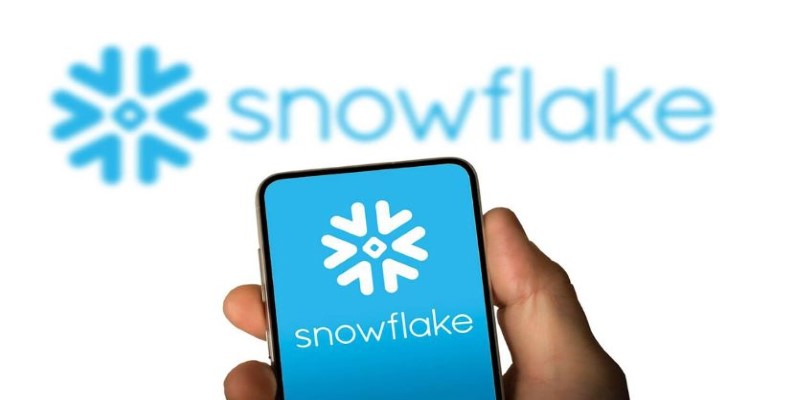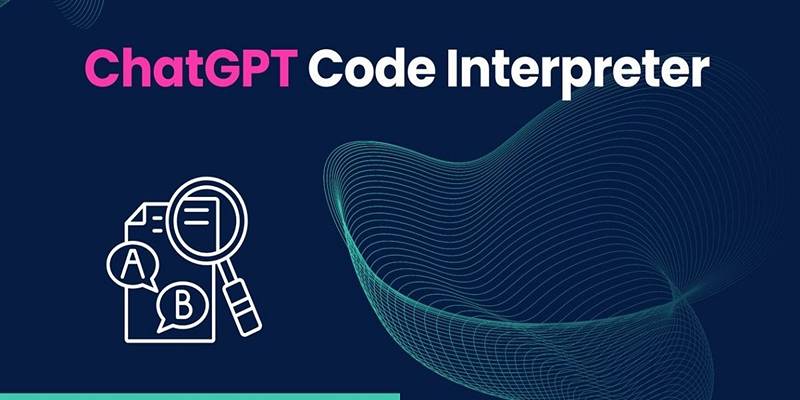Advertisement
If you’ve followed the world of machine learning even loosely, you’ve probably heard murmurs about Snowflake stepping into AI. And not just stepping in quietly—they’re making a loud entrance. Their latest contribution? Text embedding models that are turning a lot of heads. These aren’t just tools for developers or researchers. The impact touches businesses, customer service, product design, and even content management. Let’s see what makes these models such a big deal.
Before we dive into what Snowflake is accomplishing, it's helpful to know what these models are. Fundamentally, text embeddings are mechanisms for converting words into numbers. More precisely, they convert words, sentences, or paragraphs into vectors of a fixed size. Each of these vectors preserves the context, tone, and word relationships. It's similar to compressing a paragraph into a tidy set of coordinates that still has meaning.
Why do this? Because it allows computers to understand the relationships between pieces of text. Instead of treating words as disconnected units, embeddings help machines notice that “laptop” and “notebook” are closer in meaning than “laptop” and “banana.” This opens the door for smarter search, better recommendations, improved chatbots, and more accurate analysis.
Snowflake also had a good name for working with data seamlessly. Therefore, when they ventured into AI with their own embedding models, everyone had high hopes. What makes them stand out is the way they're integrating these models as natively part of their data platform. No additional tools or third-party infrastructure. Just type a simple SQL statement, and you're operating with sophisticated text embeddings within your current data warehouse.

This shift does two things. First, it brings down the technical barrier. You don’t need a separate pipeline or infrastructure to use these models. Second, it keeps the data where it already lives. You’re not moving sensitive content across different platforms just to run machine learning on it. Everything stays within Snowflake’s secure environment.
Their latest release supports multiple languages and can work with snippets of text ranging from short queries to full pages. It’s built for flexibility. Whether you’re dealing with customer feedback, product descriptions, internal documentation, or call transcripts—it all fits.
Let’s talk about where this actually matters. The theory is great, but these models are already making their mark in daily operations.
Traditional search relies on keywords. But people rarely phrase things the same way every time. With text embeddings, search becomes more like understanding. If someone types “how do I reset my router,” the model can find answers even if the documentation says “restoring default network settings.” This is more than convenience—it reduces support load and improves customer experience.
Imagine collecting thousands of customer reviews or survey responses. Reading through them is impossible. But with embeddings, similar responses land close together in vector space. That means you can automatically cluster comments by topic or sentiment, even if people use completely different wording. It’s a fast way to figure out what users care about without reading every line.
Retailers and media companies are starting to use embeddings to match users with products or content. Instead of relying on basic tags or categories, these models compare descriptions and behavior in a deeper way. Two users might never click on the same things, but the model sees a pattern in what kind of language they respond to. That leads to better suggestions—and often, more engagement.

Law firms, researchers, and content managers often need to find documents that are “kind of like this one.” Embeddings make this not only possible but fast. Whether you’re trying to detect plagiarism, find relevant precedents, or flag near-duplicate entries, vector-based matching beats keyword tricks almost every time.
Snowflake has kept things simple, making adoption easier. Teams can use their embedding models in real projects through a straightforward process without needing machine learning expertise. It starts by identifying the kind of text you want to work with—product descriptions, support tickets, user messages, or other freeform text. Pull this data from existing tables using SQL.
Generating embeddings takes one step: run SNOWFLAKE.CORTEX.EMBED_TEXT. This converts each piece of text into a numerical vector that captures meaning and context. No external tools or models are required—it all runs within the same environment.
Once generated, embeddings can be stored in new columns or separate tables. This avoids repeated calculations and makes comparisons faster. With the vectors ready, you can run similarity queries using cosine similarity or dot product to measure how closely two entries relate—not just by words but by intent. So, if a user asks a question, the system can find past responses that are meaningfully similar, even with different phrasing.
Once the foundation is set, use cases open up quickly. Some teams build content summaries that adjust to reading level. Others flag documents for updates based on overlapping content. Embeddings can also drive alerts that detect urgency or risk in customer messages based on language patterns, not just keywords. All of this runs on the same platform, powered by the same set of vectors.
Snowflake’s move into text embeddings isn’t about building a fancier algorithm. It’s about making high-quality language tools accessible where people already work with data. By folding machine learning directly into the SQL environment, they’ve skipped the typical hurdles that slow down AI adoption.
The models are fast, flexible, and production-ready—and they're helping teams understand unstructured data in ways that weren't possible before. So, while the buzzword-filled announcements may be easy to overlook, what's happening underneath is worth paying attention to. Snowflake isn't just experimenting with AI. They're folding it into everyday work—and changing how companies interact with their own data.
Advertisement

Looking to boost your SEO in WordPress? Discover 10 AI-powered tools and strategies to improve your content, keyword research, image optimization, and more in 2025.

Learn how developers feel about AI’s growing role in software workflows and what changes they expect in daily coding.

Discover how ChatGPT helps build efficient workflows by improving focus, automating tasks, and enhancing clarity.

Streamline proposal writing with ChatGPT while improving structure, tone, and impact to increase your chances of success.

Learn why FraudGPT is a growing cyber threat and follow 10 essential steps to protect your personal and business data.

Explore how the SQL NOT IN operator really works, where it can trip you up, and how to use it safely without running into hidden pitfalls like NULL values or performance slowdowns

SQL doesn’t behave like Python or JavaScript, so is it a true programming language? Or just a scripting tool? Here’s a clear, human take on what SQL really is—and why it matters

Ready to dive into Python? This guide covers the core concepts you need to understand, helpful resources, and project ideas to start using Python effectively. Perfect for both beginners and those brushing up

Discover the top features of the ChatGPT iOS app, including chat sync, voice input, and seamless mobile access.

Explore how HIX AI and GPT-4 work together to automate writing tasks, boost content quality, and save valuable time.

Explore the growing popularity of AI chatbots and their role in delivering faster, smarter support to users everywhere.

Explore how ChatGPT’s Code Interpreter executes real-time tasks, improves productivity, and redefines what AI can actually do.